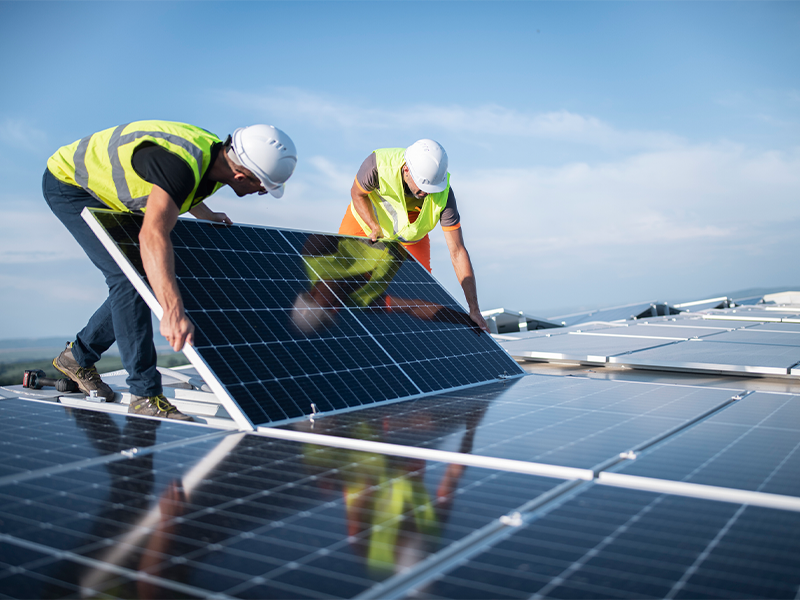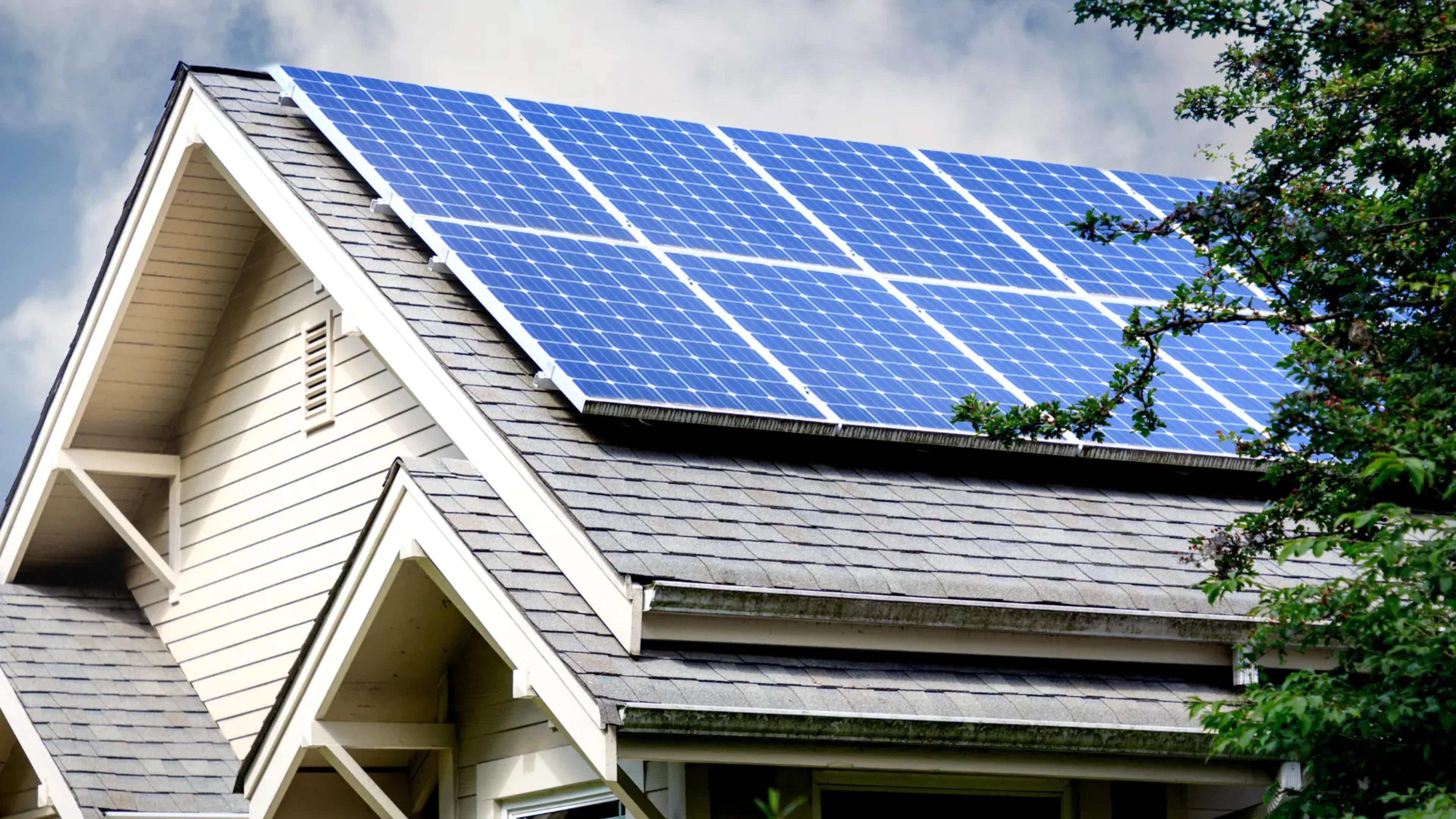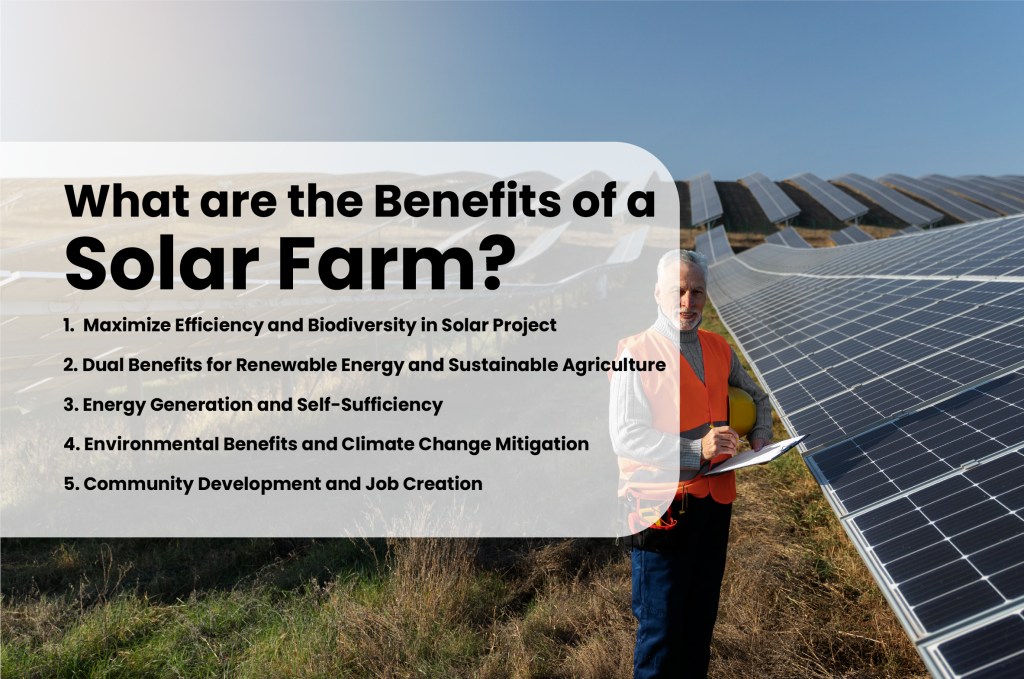Solar Energy 101: A Novice's Overview to Sustainable Power Solutions
As the world progressively changes towards lasting power services, comprehending the principles of solar power comes to be crucial for both individuals and companies. By checking out the benefits of solar technology, alongside the financial motivations and installation processes, one can get a more clear perspective on how to successfully incorporate this renewable resource right into their energy approach.
Recognizing Solar Power
At its core, recognizing solar power entails grasping the basic principles of just how sunlight can be exchanged usable electrical power. Solar power is originated from the sun's radiation, which can be taken advantage of with different innovations. The main system for this conversion is the photovoltaic or pv result. This sensation happens when sunlight strikes semiconductor materials, usually silicon-based, within solar batteries. The energy from the sunlight excites electrons in the semiconductor, allowing them to move openly and produce direct current (DC) electricity.

Recognizing solar energy likewise includes recognizing its ecological advantages. By making use of sunshine, we can minimize greenhouse gas exhausts and lower air contamination, adding to a much more lasting future. The developments in technology and performance of solar systems remain to improve their practicality, making solar power an increasingly attractive option for international energy requirements.
Sorts Of Solar Energy Equipments
Various kinds of solar energy systems are commonly utilized to harness solar energy for electrical energy generation. The primary classifications consist of photovoltaic or pv (PV) systems, focusing solar power (CSP) systems, and solar thermal systems.
Solar systems utilize photovoltaic panels made up of silicon cells that transform sunlight directly into electrical power. These systems are flexible and can be installed on roofs, ground mounts, or incorporated into building products.
Focusing Solar energy systems, on the other hand, utilize mirrors or lenses to focus sunlight onto a little location, producing warmth that drives a heavy steam generator to generate electrical energy - Simply Solar Illinois. CSP systems are normally released in large-scale nuclear power plant and call for direct sunshine, making them less ideal for cloudy areas

Each kind of solar energy system has its distinct characteristics, applications, and suitability depending on geographical place, power requirements, and budget, making it necessary to assess options based upon specific conditions. - Simply Solar Illinois

Benefits of Solar Power
Utilizing solar energy through different systems not just gives a lasting method to produce electrical power but also offers a multitude of advantages. Among one of the most considerable benefits is the reduction in greenhouse gas emissions, adding to a cleaner environment and combating environment modification. Solar energy is sustainable, meaning it is inexhaustible and readily available as long as the sunlight radiates, unlike nonrenewable fuel sources, which are limited and depleting.
Furthermore, solar power can cause considerable cost financial savings gradually. Property owners and businesses can lower their electrical power costs dramatically, and in a lot of cases, they might make credits for excess power produced through internet metering. Furthermore, the solar industry develops tasks, from making to setup, boosting regional economic climates.
Another engaging benefit is power independence. By producing their own electrical energy, individuals and neighborhoods can minimize reliance on exterior energy resources, enhancing durability versus changing energy costs and supply disruptions. Solar energy systems require marginal upkeep, making them a convenient option for sustainable power generation.
Setup Process Summary
The setup procedure for solar power systems commonly includes several essential steps that make certain efficient combination into a residential or commercial property. Initially, a detailed website analysis is performed to evaluate the roof's positioning, shading, and architectural integrity, which are view vital to optimizing solar panel performance. Following this evaluation, the layout phase begins, where a tailored solar power system is set up based upon the house owner's power needs and choices.
As soon as the layout is finalized, the essential permits and authorizations are obtained from local authorities, making certain conformity with laws. The real setup includes mounting the photovoltaic panels on the roof or ground, attaching them to an inverter, and incorporating the system with the home's electrical arrangement. This phase might additionally involve installing battery storage systems, depending upon the design.
With the setup full, the solar energy system can start creating sustainable power, contributing to sustainability and minimizing utility expenses. This organized method makes certain that solar systems are both reliable and reputable, optimizing their long-lasting advantages.
Financial Incentives and Cost Savings
Discovering the monetary rewards and financial savings connected with solar power systems can considerably boost the allure of making the switch to renewable resource. Numerous incentives exist at federal, state, and local levels, made to reduce the initial expenses related to solar installation. One of the most significant motivations is the federal solar tax debt, which allows property owners to deduct a percent of their planetary system installment prices from their federal taxes. As of 2023, this credit history stands at 30%, supplying considerable cost savings.
In enhancement to tax credit reports, several states use refunds that can even more lower upfront expenditures. Some energy firms additionally provide performance-based rewards, satisfying solar power production click here for more info over time. Funding choices, such as solar finances and leases, enable consumers to mount systems with little to no deposit, making solar power more obtainable.

Lasting savings are an additional critical variable. By generating their very own electricity, homeowners can substantially minimize or perhaps remove their monthly energy bills. Furthermore, planetary systems can boost residential property worths, giving a strong roi. Overall, the combination of incentives and cost savings makes solar power an economically attractive option for lots of families.
Conclusion
Finally, solar power stands for an essential part of lasting energy remedies, providing a path towards decreased carbon footprints and boosted ecological security. The diverse types of solar power systems, combined with significant economic motivations, assist in wider adoption amongst individuals and areas. Recognizing the setup processes and advantages connected with solar energy encourages stakeholders to make enlightened decisions. Inevitably, the shift to solar energy not just promotes ecological duty but also advertises economic cost savings and read what he said energy freedom.